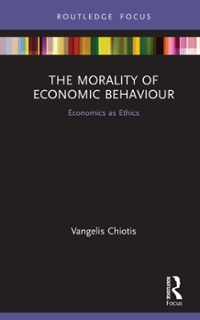Question
A town has three families, each with one child, and each of which earns $100,000 per year (pre-tax). Each family is taxed $10,000 per year
A town has three families, each with one child, and each of which earns $100,000 per year (pre-tax). Each family is taxed $10,000 per year to finance the public school system in the town, which any family can then freely attend. Education spending is $15,000 per student in the public schools. The three families differ in their preferences for education. Though families A and B both send their children to the public school, family B places a greater value on education than family A. Family C places the greatest relative value on education and sends its child to private school.
(a) Graph the budget constraint, making sure all relevant points are correctly labelled, and draw a possible indifference curve that corresponds to the choice each family makes, providing a brief explanation.
(b) The town is considering replacing its current system with a voucher system. Under the new system, each family would receive a $15,000 voucher for education to use in either public or private schools. The voucher system is more costly and taxes need to increase to $15,000 per household to pay for it. Draw the budget constraint the families would face under the voucher system and provide an explanation.
Step by Step Solution
There are 3 Steps involved in it
Step: 1

Get Instant Access to Expert-Tailored Solutions
See step-by-step solutions with expert insights and AI powered tools for academic success
Step: 2

Step: 3

Ace Your Homework with AI
Get the answers you need in no time with our AI-driven, step-by-step assistance
Get Started


